Henk Zwartepoorte
Curator of Reptiles, Amphibians, Freshwater Fish and Invertebrates, Rotterdam Zoo; Chair TSA Europe; Chair European Studbook Foundation; IUCN TFTSG member
Presented to the BCG symposium at the Open University, Milton Keynes on 13th March 2011.
Introduction
Worldwide, wild fauna and flora are under severe pressure. Species are constantly disappearing. Recently, large numbers have become extinct and many more have some degree of endangered status. Causes for decline are: loss of habitat, growth of human world population, pollution of water, soil and air, climate change, human consumption, traditional medicine, souvenirs and the international pet trade.
Turning the tide
For a number of species of animals and plants it will probably already be too late to save them. Despite international and national protection, large numbers of species will be extinct in the near future. For a significant number, protection did not come too late. Examples are the European stork, the American and European bison, the Arabian oryx, the Californian condor, some of the Seychelles tortoise species and a few more. All have been saved from extinction through captive breeding programmes. Ex situ breeding programmes of course need to go along with protection of original natural habitats. Key words in this are international cooperation and the involvement of local people.
Turtle captive breeding programmes
With respect to saving turtle species from extinction and assuring their future, several organizations are active. In Europe zoos, organized within the European Association for Zoos and Aquariums (EAZA), are operating under the umbrella of the Turtle Survival Alliance Europe. A second partner in this organization is the European Studbook Foundation (ESF). The EAZA zoos have already been managing a number of European Studbooks (ESB) and European Endangered species Programmes (EEP) for decades. For five freshwater turtle species ESBs are operational, and for the critically endangered Egyptian tortoise (Testudo kleinmanni) an EEP is managed by the Rotterdam Zoo.
About 330 EAZA zoos have already been following certain codes since the early seventies. Many do not buy and/or sell their animals. Exchanging among the members and within the studbooks is their policy
The European Studbook Foundation, organizing private keepers and breeders, followed the zoos’ examples and initiated their own aims:
- Conservation of reptiles and amphibians in captivity, with emphasis on endangered species.
- Management of European Studbooks.
- Management of genetically healthy breeding programmes.
- Cooperation with re-introduction programmes.
- Gathering, compiling and spreading knowledge of husbandry and reproduction of reptiles and amphibians
In particular this last point is for meeting the welfare requirements of tortoises and freshwater turtle species kept by private individuals.
Priority species within the ESF field
- The European tortoise species: Hermann’s tortoise Testudo hermanni, the spur-thighed tortoise T. graeca, the marginated tortoise T. marginata, Horsfield’s tortoise Agrionemys horsfieldii and the Egyptian tortoise T. kleinmanni. These species have been kept and bred by private keepers for decades. For the last decade, some have been kept in large or increasing numbers.
- Radiated tortoises including freshwater turtle species: species with a radiated pattern are very popular worldwide. A large number of species have this appearance but a few species need to be mentioned here. The Madagascar radiated tortoise, The Madagascar spider tortoise, the Madagascar ploughshare tortoise, the Indian star tortoise, the Burmese star tortoise, and also the Florida box turtle and the Ornate box turtle are much desired by private keepers. All those with radiated patterns show up in the international pet trade more often than other species.
- Box turtles: box turtles and in particular those of the Asian genus Cuora are under severe pressure due to human consumption in Asia itself and in particular China. What we presently call ‘the international turtle crisis’ started in China during the 90s and was called ‘the Asian turtle crisis’. Large numbers of freshwater turtle and tortoise species are consumed by humans. Millions of tons of turtles have been consumed in China and surrounding countries. Some Cuora species described as new species in the 80s had already become extinct in the wild a decade later.
- The Cuora genus: with the exception of Cuora yunnanensis (Yunnan box turtle), for all other Cuora species ESF studbooks are operational.
Of the EAZA zoos, an ESB just for C. amboinensis (South Asian box turtle) is managed by the Plock Zoo in Poland. Almost all species have a
critically endangered status or are extinct in the wild. For instance, with regard to C. mccordi (McCord’s box turtle), C. pani (Pan’s box turtle), C. zhoui (Zhou’s box turtle) and C. aurocapitata (yellow-headed box turtle) it is assumed that they are extinct in the wild; the captive populations in both Europe and the USA are very limited, ranging from a few dozen to between 100 and 200 specimens, and breeding successes are scarce. A few fragmented wild populations of C. trifasciata (golden coin box turtle) are known but this species is also under severe pressure. This so called ‘golden coin turtle’ is believed to have cancer curing and sexual stimulating qualities and eating its flesh would secure a very long life. At present DNA and taxonomic research is carried out by both ESF and EAZA partners in order to achieve genetically healthy populations. Animals are exchanged between both private and zoo collections and are already resulting in breeding successes. C. trifasciata has recently been split up in two different species, C. trifasciata and C. cyclornata, as a result of proper taxonomic research.
Species conservation measures ex situ
Quite a large number of species are protected under CITES (Convention on International Trade in Endangered Species) and as such their trade is regulated. Based on CITES it is good to see that in an increasing number of countries worldwide illegally traded animals are confiscated. With the Dutch CITES authorities, agreements are made to re-home confiscated turtles, when they are no longer in the judicial process, at private locations organized within the ESF studbooks. These animals become the property of ESF and are placed at private studbook locations accompanied by an ESF-loan contract. This example is currently followed by three other EU countries.
With respect to the European Testudo species, and in particular the T. graeca complex, a DNA test is carried out on several dozen specimens after morphological determination in order to be 100% certain about the species and subspecies status. The T. graeca studbook now includes 361 specimens of eight different DNA haplotypes.
For the critically endangered Egyptian tortoise both a private ESF studbook and an EAZA EEP are set up. These studbooks are both managed by the author, which makes exchange of tortoises between the two studbooks easier. For this species an in situ protection plan in Egypt is under development and is to some degree already executed. In the former habitat range in Egypt confiscated tortoises are kept within fenced areas. The tortoises are constantly observed from dawn to dusk by local Bedouin people of the Sweirki tribe. These former farmers and also tortoise collectors are trained to operate as rangers and as such they feel responsible for the animals and the habitat. In this way the Sweirki community can establish themselves a living; for instance, they also make and sell all kinds of turtle artifacts. This project is financially supported by the Dutch and Belgium Turtle and Tortoise Society (NBSV) and ESF.
The ESF studbook for the Egyptian tortoise now includes almost 400 specimens kept by 35 collections and the EAZA EEP includes more than 500 specimens kept by 35 EAZA zoos. These so-called assurance colonies can possibly be used for future reintroduction of animals into the wild as soon as the situation in Egypt allows this and suitable former habitat is restored and protected.
Some ESF figures
At present, for 88 species and subspecies, studbooks are managed by 75 studbook keepers, of which 50 are in the Netherlands and 25 in six other EU countries. An estimated 8,000 reptiles and amphibians are registered in ten EU countries and two countries outside the EU.
These studbooks are classified in three different categories:
- High protection. This category means that the species is threatened in the wild or is expected to become threatened in the near future
and that keeping a genetically healthy population in captivity could be essential for the survival of the species. - Moderate protection. This category means that there is no direct danger of extinction for the species in the wild but close monitoring
of the population stays important. This category will also be given to species of which the captive population is very small and/or consists of a very limited number of bloodlines so careful breeding remains necessary. - Low protection. This category is given to species with safe populations in the wild and in captivity.
Further conservation tools
- Networking among European herpetological societies.
- Good dialogue with CITES authorities.
- Cooperation between organized private keepers/breeders and European
- Availability of the software programmes Sparks from ISIS and the German Sebag.zoos.
- Good cooperation with universities in relation to DNA research.
- Support by veterinarians for advice, treatment and autopsies.
In conclusion
As long as habitats are not properly protected and law enforcement on illegal trade in animal and plant species is not worldwide, desirable species will retain their endangered status and at worst become extinct. Well organized private keepers and breeders and zoos have the duty of saving species for the future. Linking and cooperation with in situ conservation projects is vital, cooperation being the key word in this.
The ESF species are listed on the website www.studbooks.eu where there are details of each species, its studbook category and links to the individual studbook coordinators for further information.
Photo gallery: all photos by Henk Zwartepoorte.
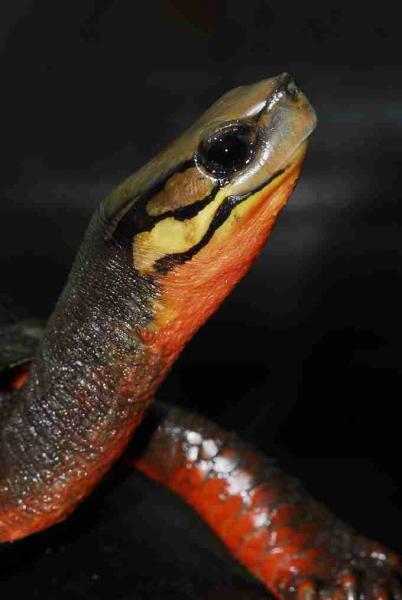
Fig. 1. Cuora trifasciata at Munster Zoo (ESF category A).
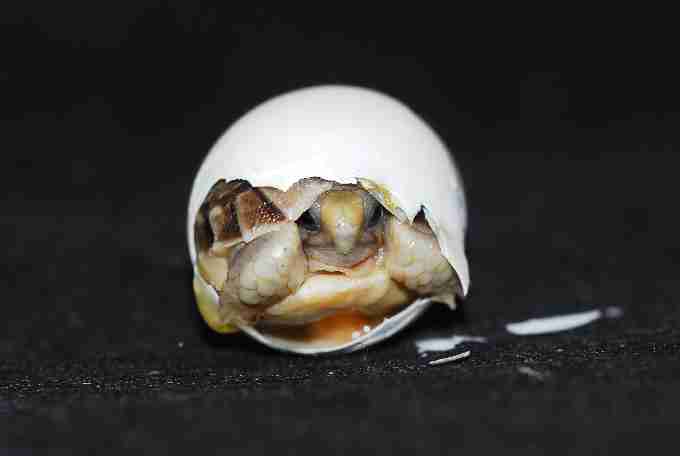
Fig. 2. Egyptian tortoise Testudo kleinmanni (ESF category A) hatched by the author.
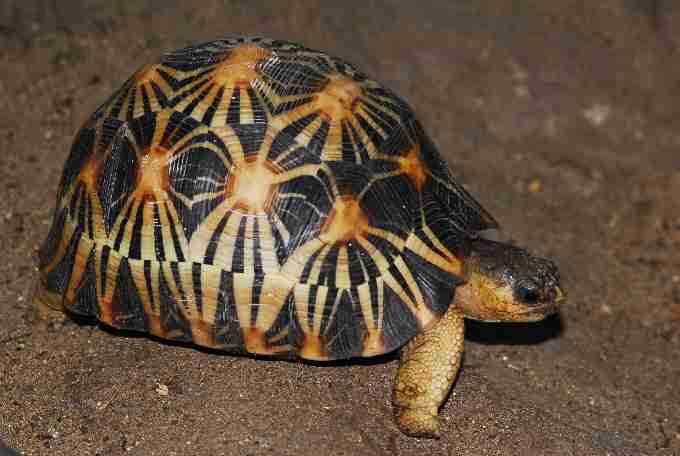
Fig. 3. Madagascar radiated tortoise Astrochelys radiata (ESF category A): confiscated in Hong Kong and in transit with the author, waiting for further transfer to a private ESF studbook participant.
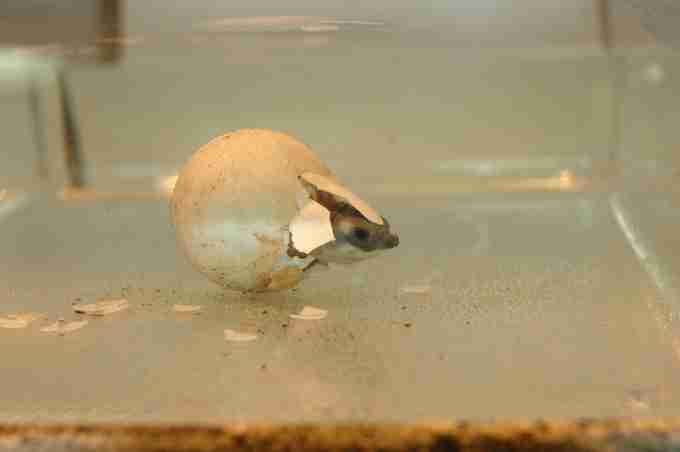
Fig. 4. A Pig nosed turtle Carettochelys insculpta hatching at Rotterdam Zoo under water. The author had the privilege to test incubation and hatching, making it possible to obtain this unique photograph of the process.
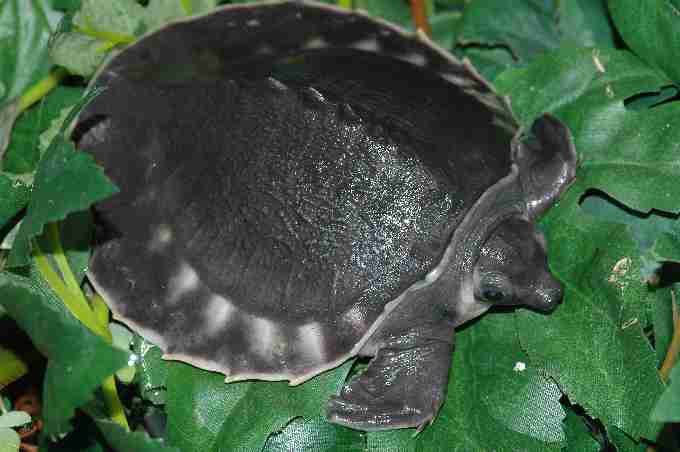
Fig. 5. Pig nosed turtle juvenile (six months old) born at Rotterdam Zoo. Regrettably it is not in the ESF or EAZA programme, but it is a very important species to coordinate as it is involved in a massive trade.
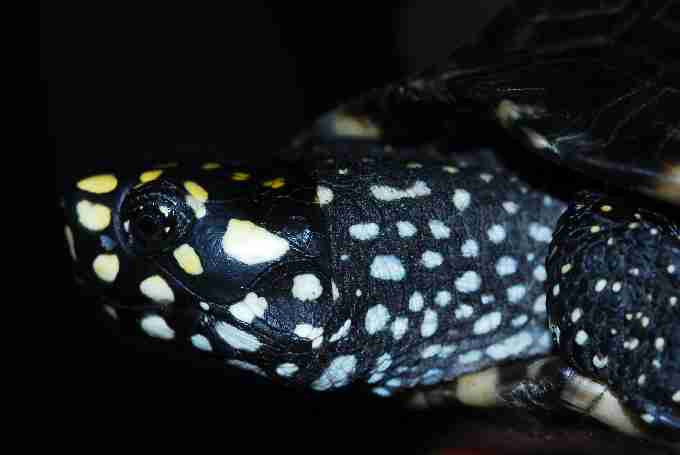
Fig. 6. Hamilton’s black pond turtle Geoclemys hamiltonii (ESF category A).
Testudo Volume Seven Number Three.
Top






